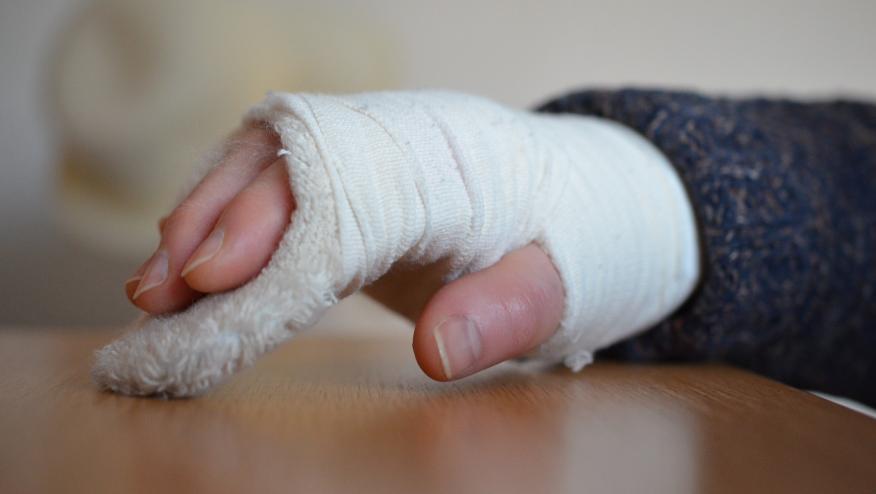Poorer health outcomes for at-risk patients with fractures Save

People at high risk of fracture who also have complex or multiple chronic medical conditions are less likely to receive treatment for the underlying osteoporosis and also have poorer health outcomes, according to a new study from the Garvan Institute of Medical Research.
These patients have an increased risk of further fractures, but they are less likely to have the underlying cause of the fracture investigated, compared with those at high risk but who have no additional chronic conditions.
“No matter the fracture site, we believe fracture is under-prioritised in the clinical setting in a complex patient,” says lead author Dr Dana Bliuc, Senior Research Officer in the Clinical Studies and Epidemiology Lab at Garvan.
“People with complex diseases not only fare worse, but they are less likely to receive treatment, which is a double whammy. We think this is because fractures are viewed as less serious than other medical conditions present in patients, and thus not the focus of intervention,” says Dr Bliuc. “But fracture itself will affect quality of life and contributes to mortality.”
Data was derived from Australias Sax Institute’s 45 and Up Study is a prospective population-based cohort of 267,153 people in New South Wales, Australia, recruited between 2005 and 2009. Out of 25,280 persons with index fracture, 10,540 were classified as high-risk based on 10-year Garvan Fracture Risk (age, sex, weight, prior fracture and falls) threshold ≥20%. The association of the Charlson Comorbidity Index (CCI) with likelihood of investigation and treatment initiation was studied. Among high-risk females and males, >40% had a CCI ≥2. Only 17% of females and 7% of males received a DXA referral, and 22% of females and 14% males received osteoporosis medication following fracture. A higher CCI was associated with a lower probability of being investigated and of receiving osteoporosis medication.
The findings will help inform new guidelines for how fractures in patients with complex medical conditions are investigated and treated by clinicians.
The new study is published in the journal PLOS Medicine.
Fractures from falls and mishaps, rather than traumas like car accidents, occur in about one in three women, and one in five men over the age of 50.
To investigate the outcomes and the kind of medical treatment people with these fractures receive, the researchers studied prescriptions, Medicare claims and hospital admission data from more than 10,500 Australian patients aged over 45, identified as being at high-risk for a future fracture.
They found that in patients in the high-risk group, more than 80% of people were not treated for osteoporosis to prevent future fractures, when they should have been, and this dipped even lower for patients with complex medical conditions.
“We need to start changing our paradigm of how we think about disease and treatment to be less about a “single disease-single treatment one”, to treating the person as a whole,” says Professor Jacqueline Center, Head of the Clinical Studies and Epidemiology Lab at Garvan.
“Our aim is to improve health in older people, so that people are living well, rather than just living.”










If you are a health practitioner, you may Login/Register to comment.
Due to the nature of these comment forums, only health practitioners are allowed to comment at this time.